A Hole in the earth: The mystic Mine of Špania Dolina
Špania Dolina is a small village in central Slovakia, near the city of Banská Bystrica. It is a place of rich history, natural beauty, and cultural heritage. Once a thriving mining center, Špania Dolina is now a monument reserve of popular architecture, with a unique set of miner houses built of wood and stone.
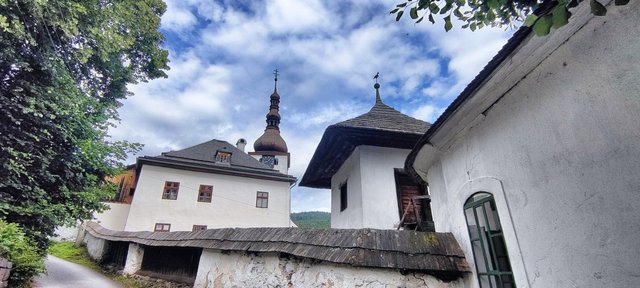 The very old church
The very old church
The village is surrounded by the Staré Hory and Veľká Fatra mountains, offering scenic views and hiking trails. In this article, we will explore some of the attractions and stories of Špania Dolina, a fascinating destination for anyone who was able to climb up the stairway to the very old church first – and from there up and up an dup to the old mines.
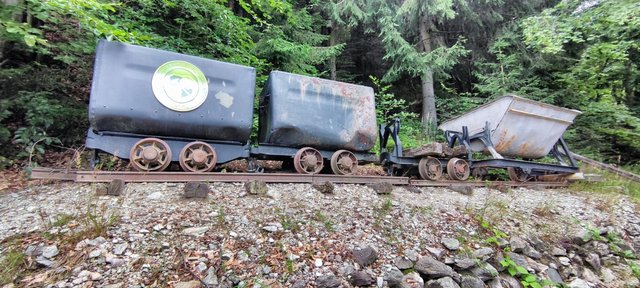 Last traced of mining work
Last traced of mining work
The Origins and Development of Špania Dolina
The exact date of the founding of Špania Dolina is not known, but copper ore was mined here long before Christ. The village was first mentioned in a written document in 1263 as „Montana“, meaning mountain.
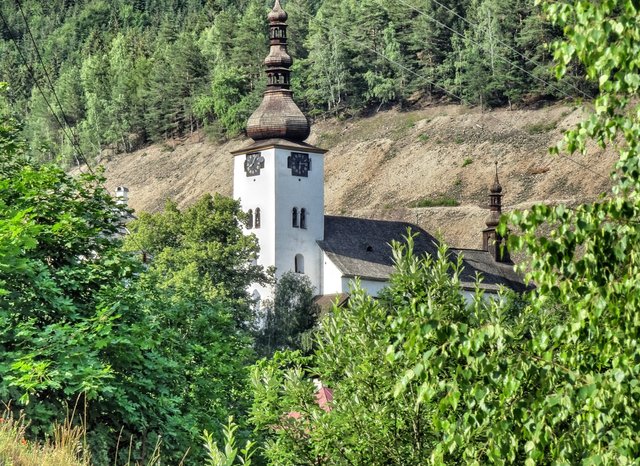 The church before the trailings dump
The church before the trailings dump
To attract German settlers to develop the mining of precious metals, mainly copper, the Hungarian King Belo IV granted the settlement town privileges in 1242.
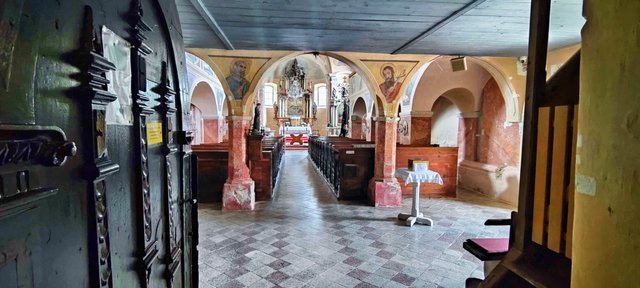 SA look into the church
SA look into the church
The German miners, known as Waldbürgers - „man of the woods“ - , built their houses around the town square and owned the mines. The village was also called Herrengrund, meaning lord’s valley, in German, and Úrvölgy, meaning ore valley, in Hungarian.
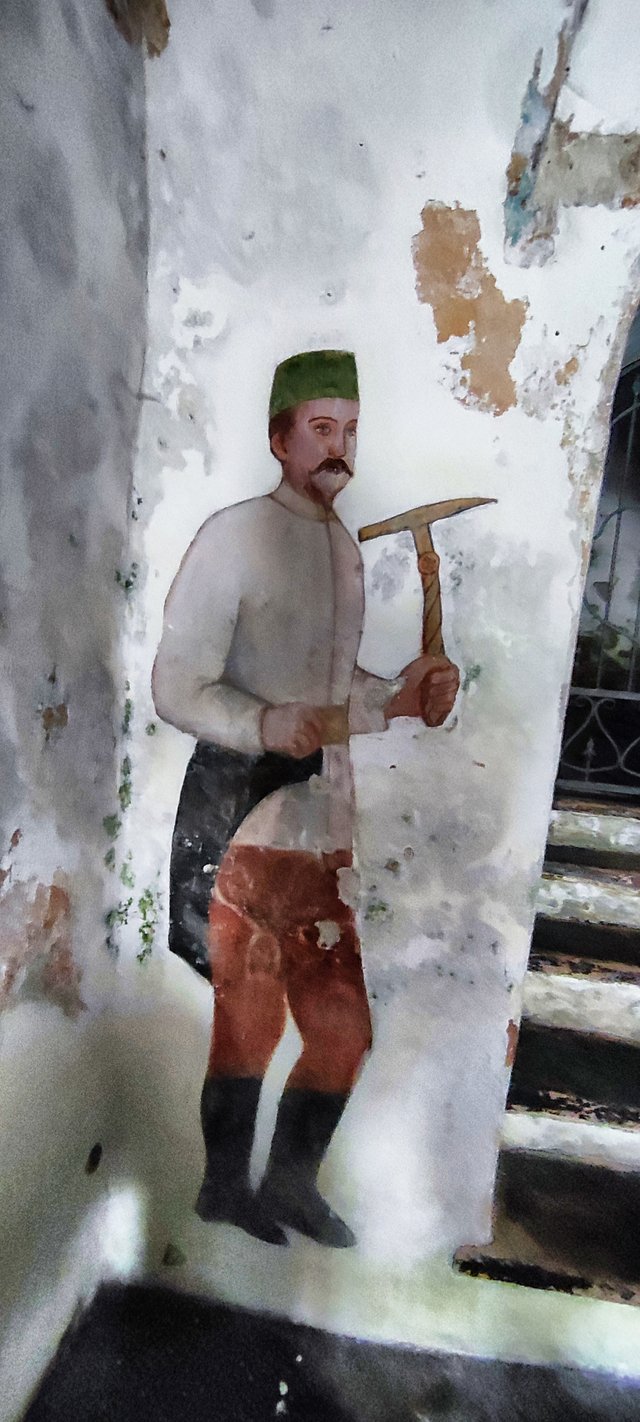 Street art, long lasting edition: One of the workers
Street art, long lasting edition: One of the workers
The mining prospered until the end of the 15th century, when the mines became unprofitable and the owners had to borrow money from Jan Thurzo, a nobleman and businessman from the Spiš region. Thurzo later bought almost all the mines in the region and brought in a foreign investor, Jakub Fugger, a wealthy merchant from Augsburg.
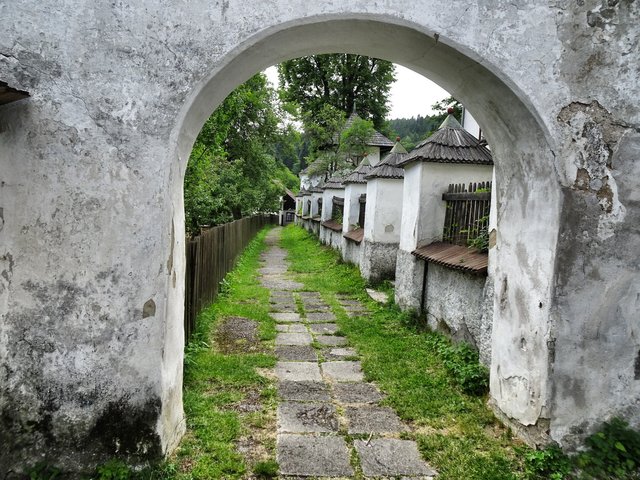 The walk on the church, to the top of the mountain and the remains of the mines
The walk on the church, to the top of the mountain and the remains of the mines
Together, they formed a powerful copper company called the Ungarischer Handel or Neusohler Kupferhandlung in 1495. Belive me – you can't find any trace of them nowadays. There is only a small wall between a few rotten houses. And in the middle of the stones lies a rusty grille, beneath which a dark abyss yawns, which looks as if it reaches to the center of the earth.
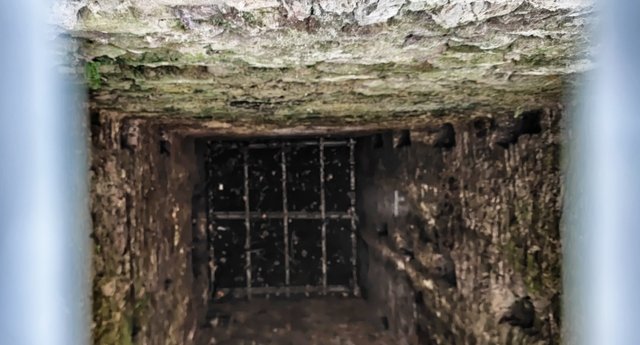 A hole in the earth
A hole in the earth
New technologies
But the company introduced new technologies and methods of mining, such as the main shaft, which reached a depth of 250 meters and was used for mining and draining the whole ore field. The company also cared about the welfare of the workers, establishing a Brother’s Treasury that provided sickness and old-age insurance, and pensions to their widows and orphans.
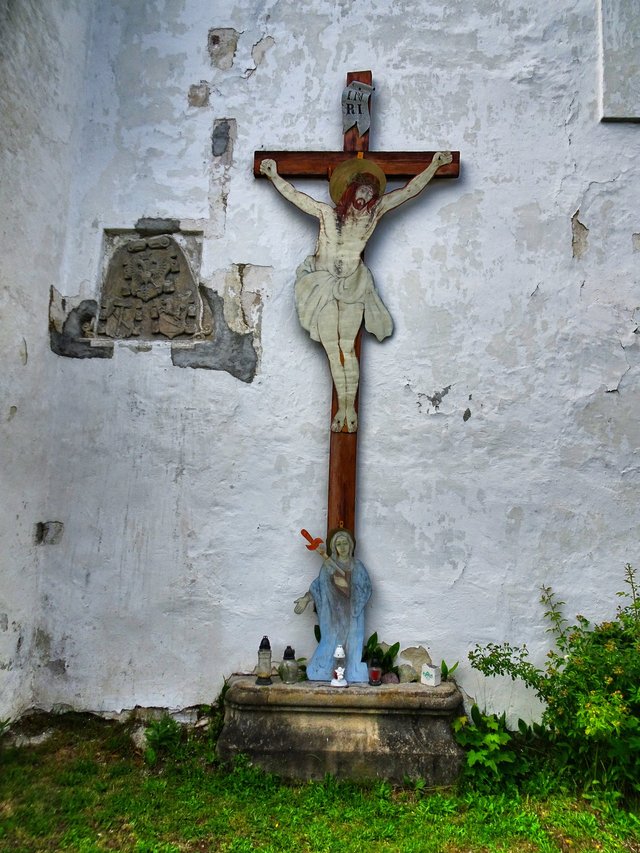 Miners have always to pray
Miners have always to pray
The Thurzo-Fugger company became one of the largest and most modern early-capitalist firms in Europe, with a complex of copper smelters, warehouses, transport, and accounting systems. The company also competed with the nearby town of Banská Bystrica, which was a free royal town with its own mining rights and markets.
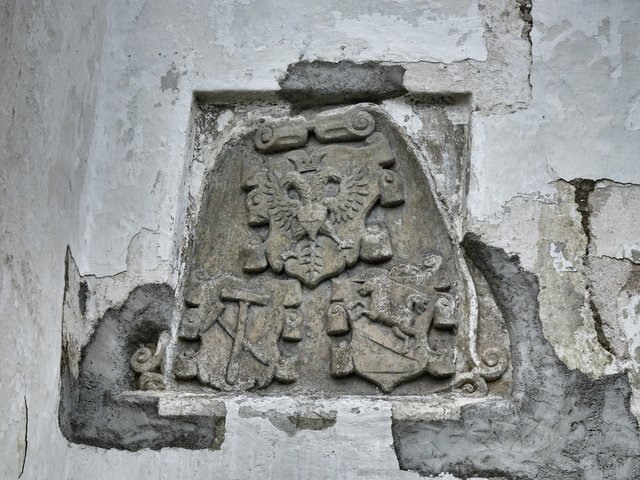 So old are the stones
So old are the stones
The company rented two houses in the main square of Banská Bystrica and sold cheaper products there, causing conflicts with the town’s officials. The company also capped the workers’ wages, leading to a miners’ riot in 1525.
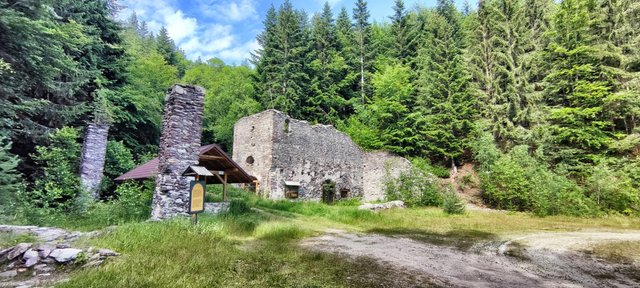 The remains of the mine with copper as gold
The remains of the mine with copper as gold
The aristocracy forced the company to withdraw from the local markets, but the Hungarian King rented the mines back to the Fuggers, who administered them until 1546. After that, the monarchy took over and established a new Mining Chamber to run the mines.
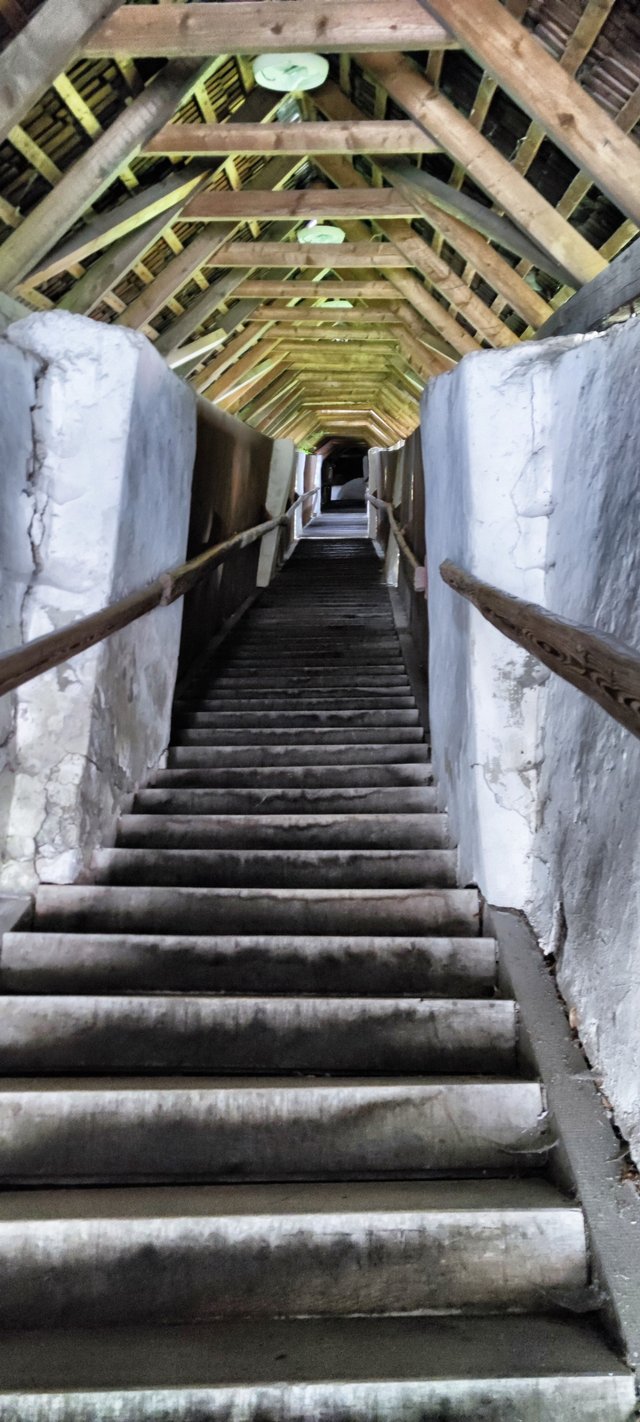 Endless stairway up
Endless stairway up
Copper was the real Gold
The mining continued until the 18th century, when the ore deposits were exhausted and the mines were closed. The villagers had to find other sources of income, such as lace making and copperware production. The lace making tradition dates back to the 16th century, when the wives of the miners learned the craft from the Italian merchants who came to buy copper. The lace was famous for its intricate patterns and motifs, inspired by the nature and culture of the region.
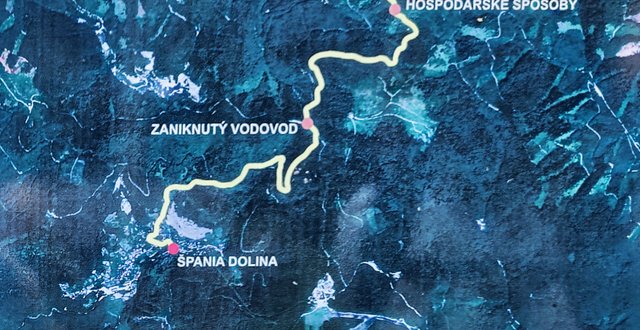 The way to Spania Dolina - maybe 7 km long
The way to Spania Dolina - maybe 7 km long
The miners were helped in their work by the dwarves/goblins - so-called “permoníci” (miners). The real mining goblins. ln typical miner's costume, with small tools.
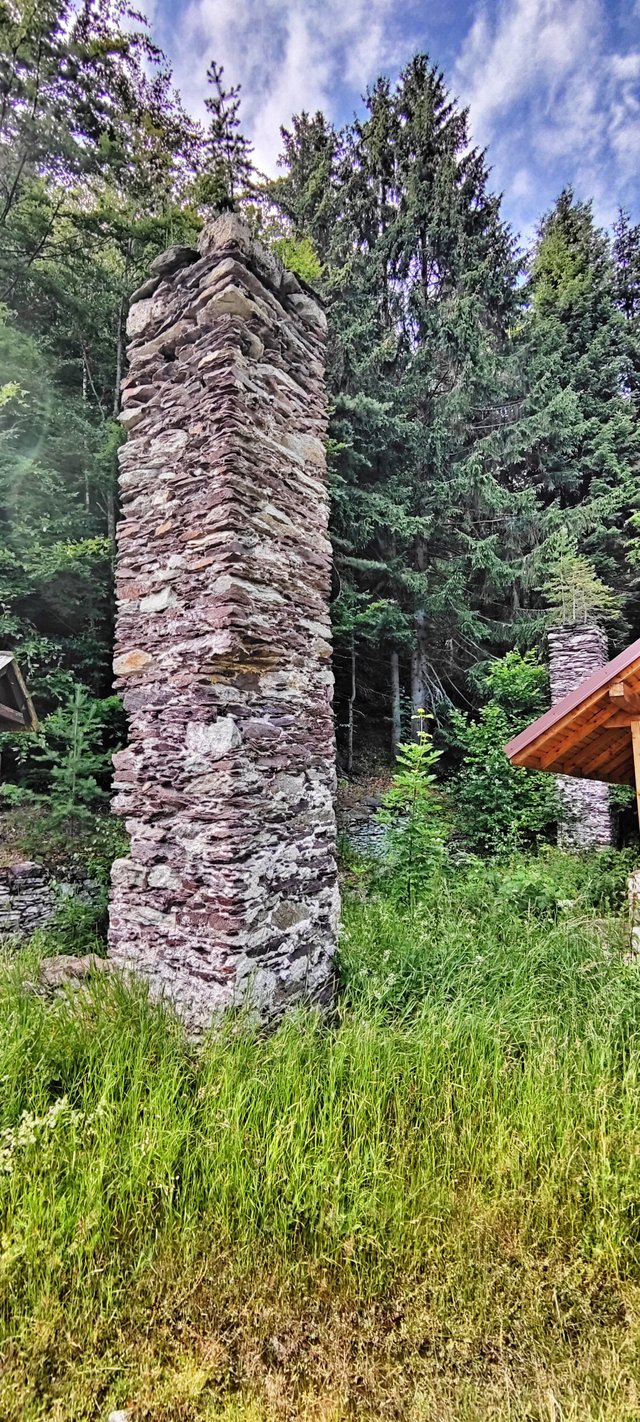 A pole near the mine
A pole near the mine
They showed the miners where to dig. They led them to extensive ore veins. The buddies were grateful for that. As a sign of her gratitude, they always brought something with them to the miners in the tunnels.
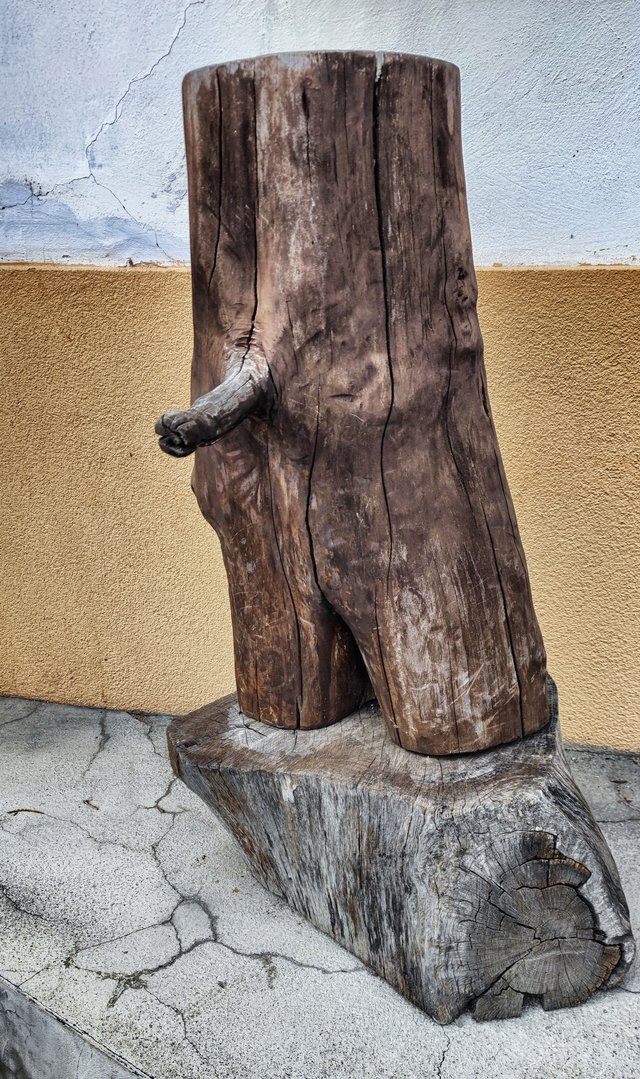 Sordid Humor, miners edition
Sordid Humor, miners edition
But it happened that the Kum became “too grateful”. Then they decided to give the mountain men new clothes. They left the presents in the usual place and thought with joy of how happy the mountain men would be. It happened but the exact opposite! The miners took the gift to mean that the miners think they are dirty! They felt insulted and left the mines of špania Dolina forever. This is how the story of mining here ended, at least in legend.
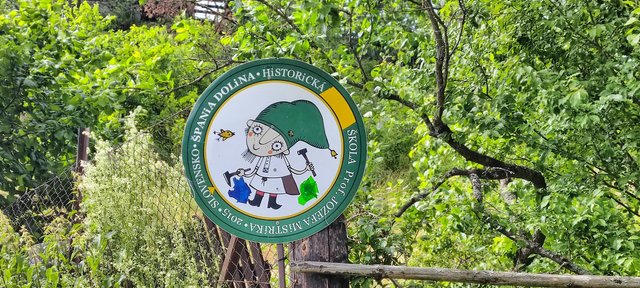 As the dwarfs leaved, the mines are gone
As the dwarfs leaved, the mines are gone
End as a legend
The lace makers formed a guild and exported their products to various countries in Europe. The copperware production also started in the 16th century, when the villagers began to make various utensils and objects from the leftover copper. The most common and characteristic product was the Tummler, a half-spherical cup that could stand upright even when tilted. The copperware makers also formed a guild and sold their products in the local markets and fairs.
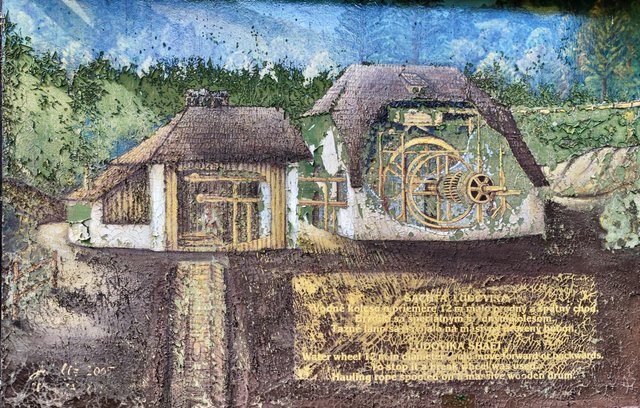 A painting who describes the function of the buildings
A painting who describes the function of the buildings
The village preserved its historic character and appearance, despite the changes and challenges of the modern times. In 1979, it was declared a monument reserve of popular architecture, and in 1993, it was awarded the Europa Nostra prize for the conservation of cultural heritage. The village is also a member of the Association of European Mining Regions, and a part of the European Route of Industrial Heritage.
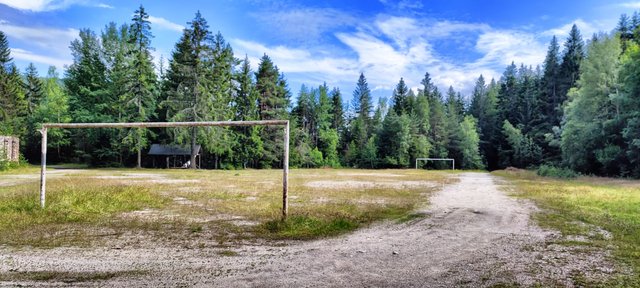 A very strange finding: The lost football field
A very strange finding: The lost football field
The Attractions and Stories of Špania Dolina
Špania Dolina is a place of many attractions and stories, that reflect its rich and diverse history. Here are some of the highlights that visitors can enjoy and explore:
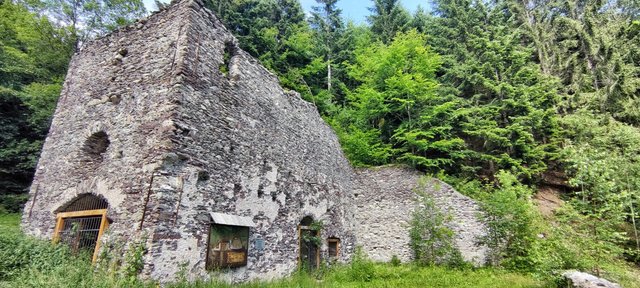 Former headquarter of the mine
Former headquarter of the mine
- The Miner’s House: This is the oldest and best preserved house in the village, dating back to the 15th century. It was the home of the mine owner and later the mine administrator. The house has a typical architecture of the region, with a wooden upper floor and a stone lower floor. The house also has a museum that displays the history and culture of the village, such as the mining tools, the lace making equipment, the copperware products, and the folk costumes.
- The Church of the Assumption of the Virgin Mary: This is the oldest and most important religious building in the village, dating back to the 13th century. It was originally a Romanesque chapel, but it was rebuilt and enlarged in the Gothic style in the 15th century. The church has a valuable interior, with a wooden altar, a stone baptismal font, a Baroque organ, and a collection of paintings and sculptures. The church also has a legend, that says that the Virgin Mary appeared to a miner in the nearby forest and told him to build a church in her honor. The miner followed her instructions and found a rich vein of copper ore, which he used to finance the construction of the church.
- The Ferdinand Shaft: This is the most famous and impressive mine shaft in the village, dating back to the 15th century. It was named after the Hungarian King Ferdinand I, who visited the village in 1546 and granted it new privileges. The shaft is 250 meters deep and 4 meters wide, and it was used for mining and draining the whole ore field. The shaft also has a story, that says that a young miner named Janko fell in love with the daughter of the mine administrator, but he was rejected by her father. Janko decided to prove his worth by descending into the deepest part of the shaft, where he found a huge nugget of copper. He climbed back up, but he was so exhausted that he died in the arms of his beloved. The nugget was then used to make a bell for the church, which still rings today.
- The Old Football Field: This is a curious and nostalgic attraction at the mountains near the village, in the neighborhood of the old mine. Dating back to the 20th century – so the rusty goals tells us - it was a place where local football players do their matches and trained their skills. But we can't find a regular team in the small town and the football field was is now abandoned and overgrown, but it still evokes the memories and emotions of the villagers, buried under grass and weed.
Špania Dolina is a village that offers a fascinating visit to anyone who wants to discover the history, nature, and culture of Slovakia. It is a place that preserves its traditions and values, but also welcomes and embraces the visitors. It is a place that has many stories to tell, and many secrets to reveal. It is a place that is worth exploring and experiencing.
Thank you for reading and if you like my work please follow me on Hive, Travelfeed or Steem or visit my homepage koenau.de
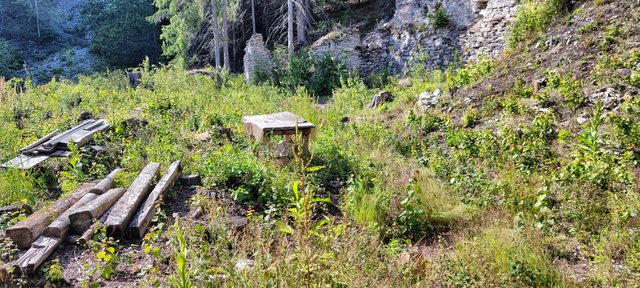
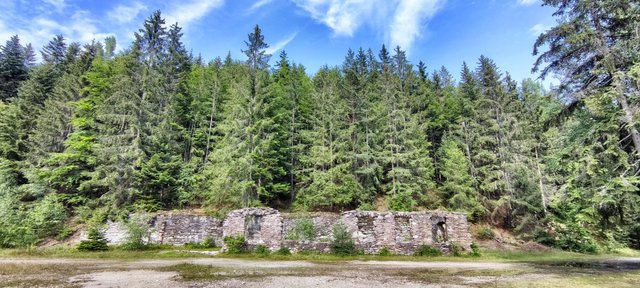
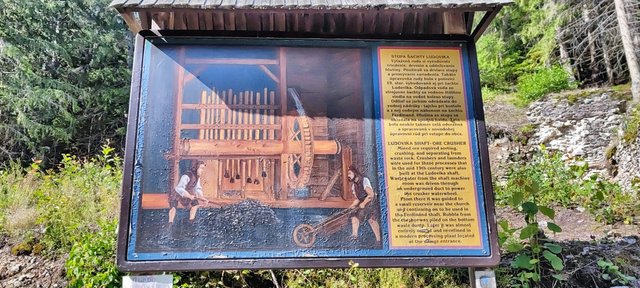
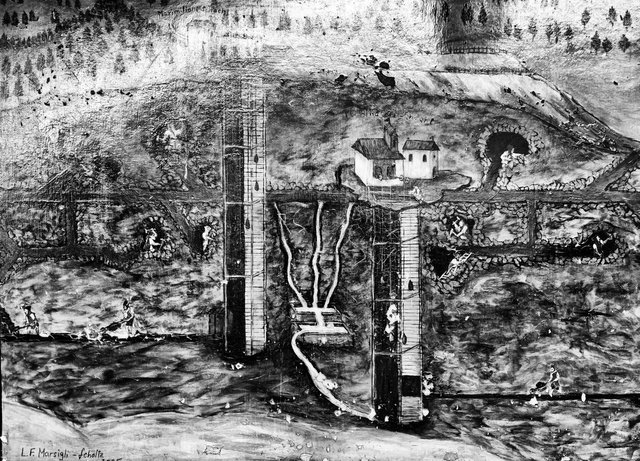
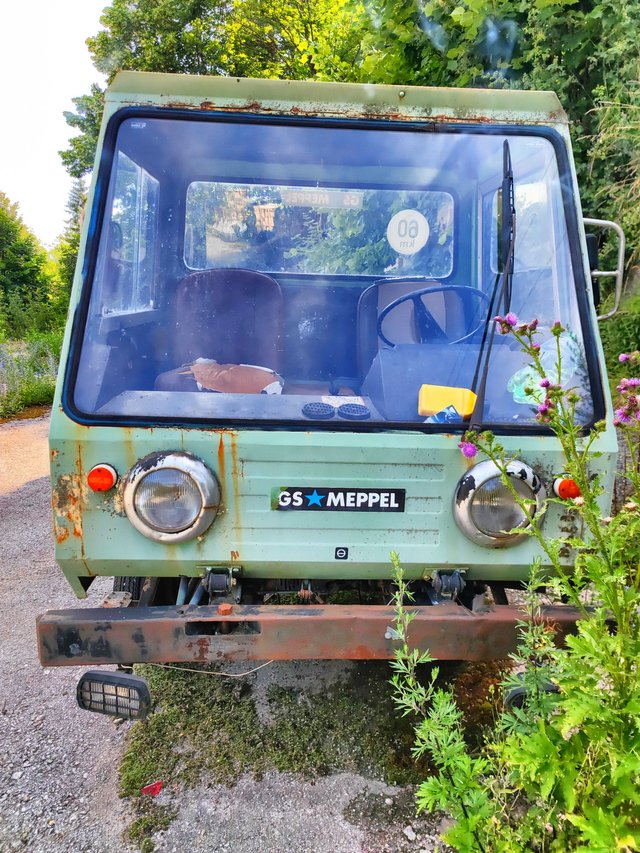 It's just an urbex car - found it near the mining area
It's just an urbex car - found it near the mining area

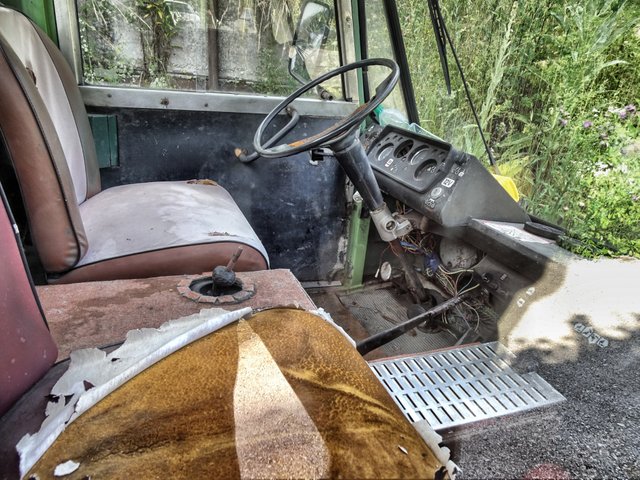
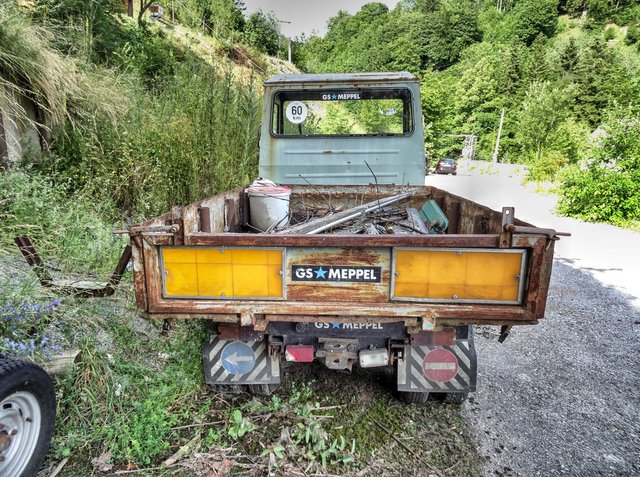
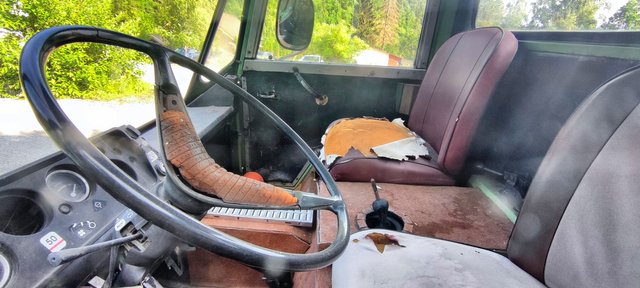
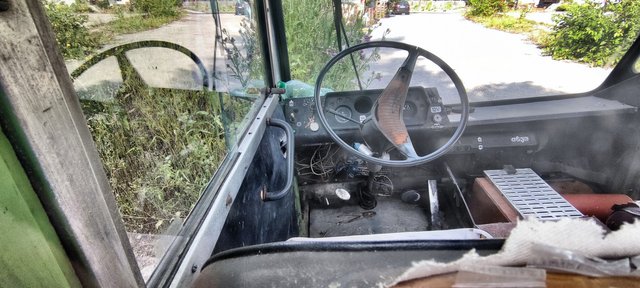
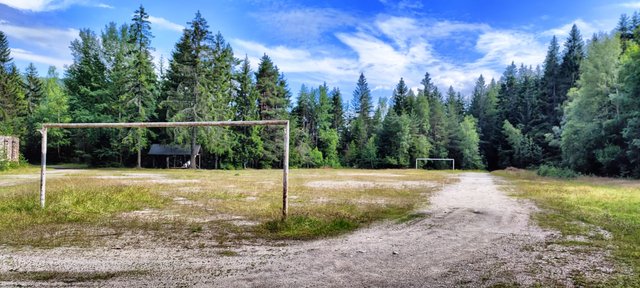
Congratulations @koenau! You received the biggest smile and some love from TravelFeed! Keep up the amazing blog. 😍 Your post was also chosen as top pick of the day and is now featured on the TravelFeed front page.
Thanks for using TravelFeed!
@for91days (TravelFeed team)
PS: TravelFeed is in social media to reach more people, follow us on Facebook, Instagram, and Twitter.